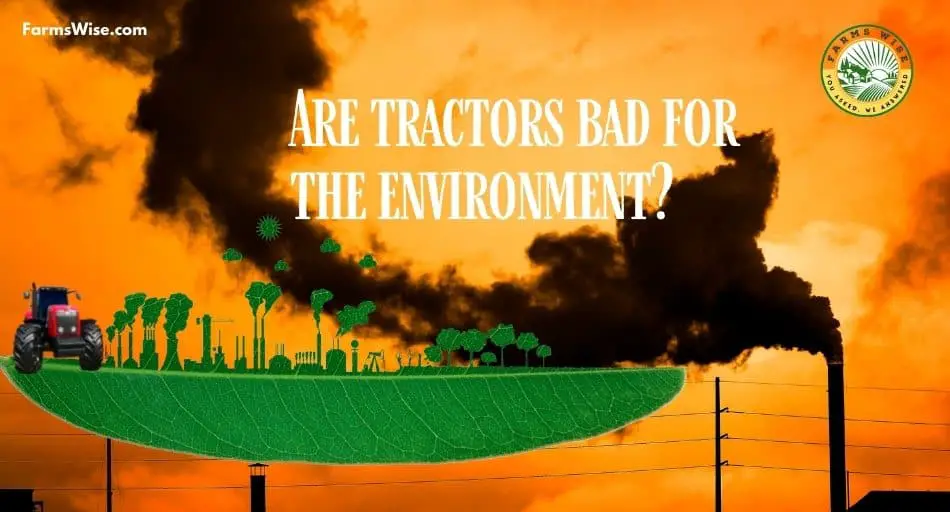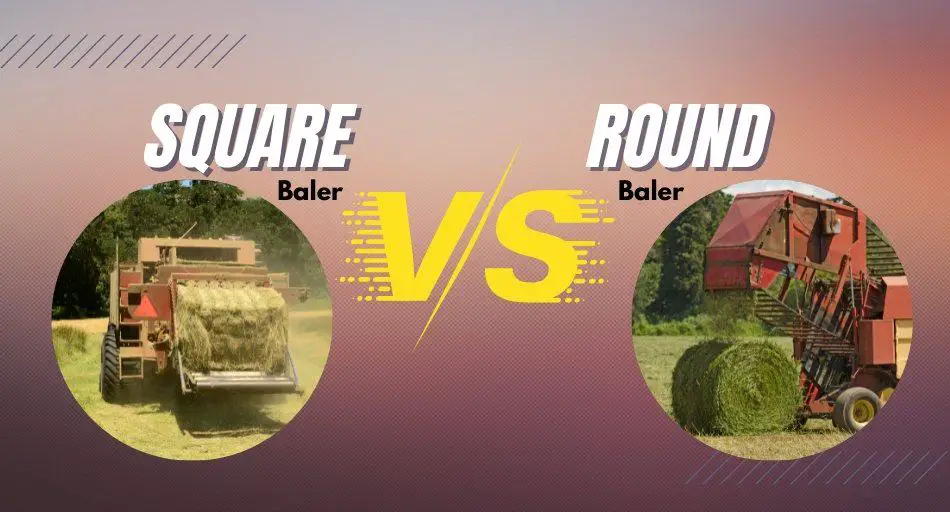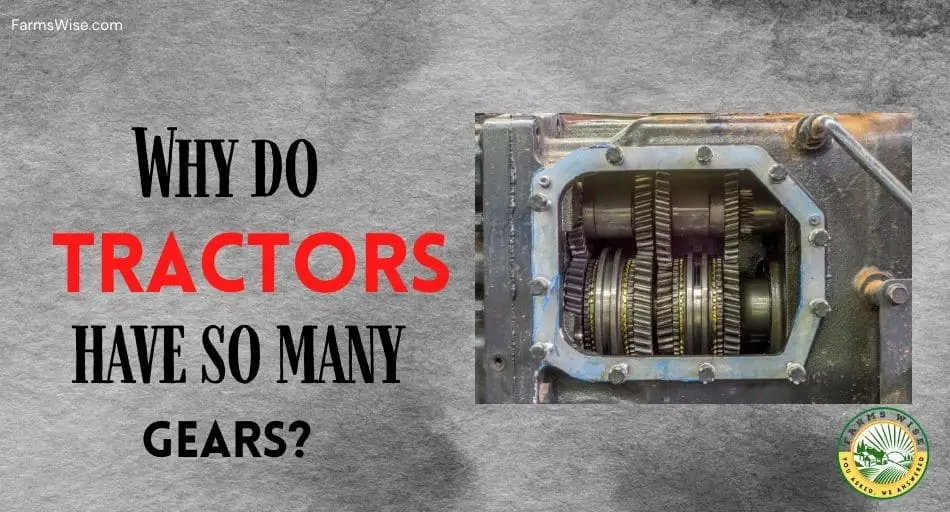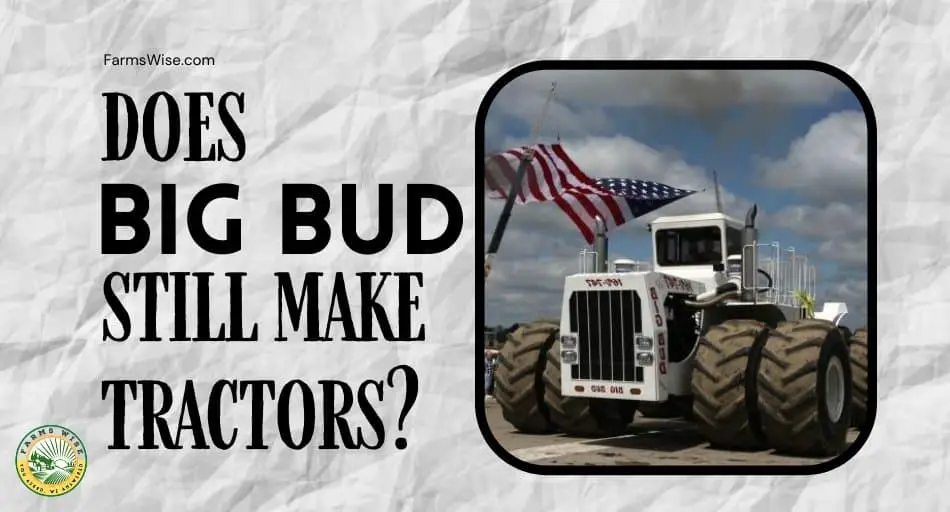The annual sale of tractors has increased by around 10%, and with that, tractor use for farming purposes is rising too.
This makes it essential that we as farming societies understand how tractors can negatively impact the environment and, more importantly, how we can reduce things and practices that have such harmful effects.
So, how bad are tractors for the environment? Can we make farming cleaner and more sustainable?
Are Tractors Bad For The Environment?
In general, tractors can indeed be bad for the environment. During clearing and working large parts of the land, tractors can release elements that are poisonous to the environment. However, while the environmental implications of tractor usage are extensive, we hold an advantage – the power to adjust our tractor use and abuse. Today’s farming methods will translate to tomorrow’s ecological forecasts.
With an increase in tractor talk and a shift in the conversation towards efficiency and electrics, we are on our way to showing a greater positive influence on the impact of our AG equipment usage.
How do tractors affect the environment?

Tractors are high-performance machines capable of clearing and working large parts of the land. In doing so, they release elements that are poisonous to the environment. The gas pollutant emissions from tractors affect the air and are also transmitted to the ground through rain and snow.
Because of that, tractor pollution affects the air we breathe and our water, the flora and fauna that feed off it, and the humans that consume it.
How much pollution do tractors produce?
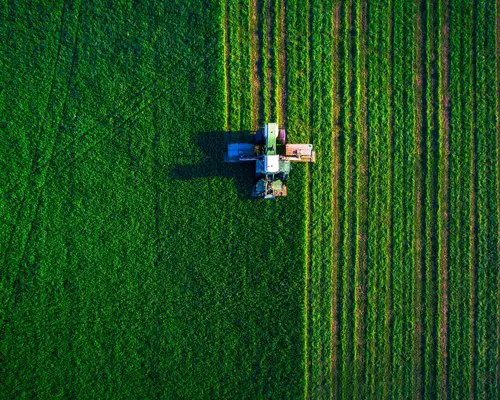
Tractors are often bulky machines built for big tasks, and they require a lot of energy to produce power. So, although there are fewer tractors around than other types of vehicles, they can produce a relatively large amount of pollution.
Similarly, tankers and cruise ships of which there aren’t many contribute to pollution by a big margin.
If you don’t maintain and operate your tractor well and under good conditions, the released substance will end up in the atmosphere.
Overall, tractors that are operated with greater frequency but smaller loads, or for longer periods at lower speeds, will contribute more pollution into the atmosphere than those that are run more efficiently.
Is farm equipment bad for the environment?
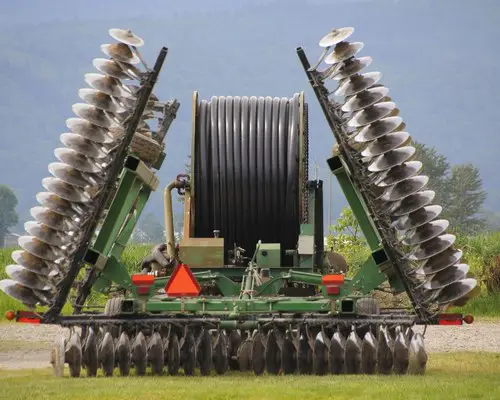
Farm equipment can be bad for the environment, and it can be less bad. It is foremost a question of balance, investing in quality machinery, and responsible handling and servicing of equipment. Much of the negative environmental impact of the use of AG equipment can be determined and controlled by its users.
For example, when a tractor is operated with the correct agricultural equipment, then its maximum torque can be achieved. This way, if the tractor is operated with a too-small load, it will require more passes on the field to accomplish the same work.
That leads to higher fuel consumption which then means higher emissions.
A tractor with a too heavy load may cause issues such as wheel slippage, which can damage the soil structure, increase fuel consumption, and once again increase emissions.
In both scenarios, a poorly maintained engine will result in greater emissions. To keep fuel consumption and emissions at the lowest rate possible, you need maximum torque.
Does farming cause air pollution?

Agricultural processes are responsible for around a quarter of all greenhouse gas emissions. This makes the AG sector the second largest global emitter after the energy sector.
In North America, the EPA estimates that its agricultural industry contributes around 9 percent of total US global warming emissions.
The CO2 emitted from the burning of diesel fuel in tractor usage is how farming causes air pollution. Fertilization practices and animal farming are the other two biggest AG contributors to air pollution.
What’s more, natural and synthetic fertilizers and waste in soils produce nitrous oxide. At the same time, feeding cattle generate methane from the microbes in their gut and belch it into the environment.
Other smaller sources of air pollution from farming include the management of fertilizers and compost, the cultivation of certain crops, and the burning of crop residues.
In some areas, farming requires deforestation. The clearing of large areas of tree-inhabited land contributes negatively to environmental outcomes.
What is the most common source of pollution from farms?
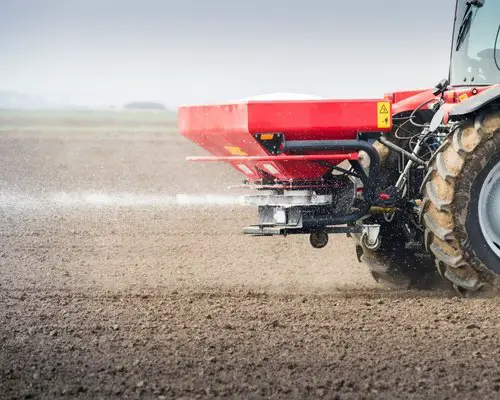
The most common source of pollution from farms as identified above is livestock grazing, fertilization and land use, and heavy farming machinery or tractor usage.
The exact contribution to pollution is controlled by factors such as farm size, product use, individual farming practices, weather, topography, and hydrology.
65% of all pollution from farms comes from cattle that emit methane, nitrous oxide-producing fertilizing methods, and the release of carbon dioxide from tractors and other farming machinery.
Are there electric tractors?
There are electric tractors; there are also hybrid versions. The two observable development trends in AG tractors are a hybrid drive that combines the advantages of an internal combustion engine with an electric motor and a purely electric option.
A fully electric tractor has zero emissions and can be driverless, addressing the environmental impact and potential worker shortages on farms.
Electric tractors are an attractive option for limiting the pollution caused by farming. Governmental initiatives such as grants offered by the Bay Area Air Quality Management District provide financial incentives to farmers to help them go fully electric.
The Bay Area grants cover 80% of the cost to farmers transitioning from their diesel tractors to new electric tractors.
What is the price of an electric tractor?
In the Fall of 2021, Monarch released its electric tractor onto the market. Manufactured in California, it’s billed as the world’s first fully-electric driver-optional tractor with an MSRP of $50,000. It can provide 40 HP of continuous power and up to 70 HP of short-duration peak power.
Another recently released electric option is the Solectrac 70HP 60kWh model with a starting price of $75,000. Solectrac also manufactures in California and currently has a stable of three electric models.
How hard we drive tractor reform and shift towards the cleaner option of electric tractors will determine how much the tractors of tomorrow continue to contribute to negative emissions.
Ultimately, the future (for tractors) is both electric and elective.
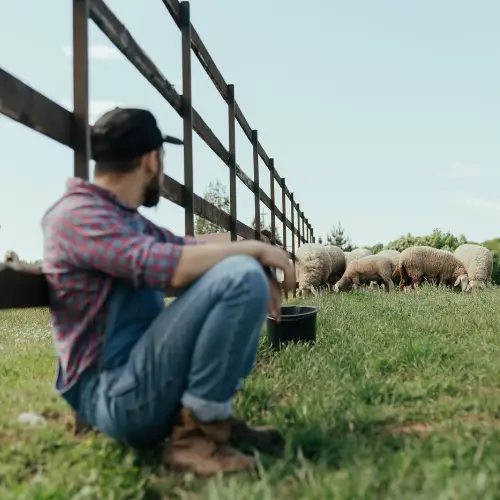
Jack is the owner, chief editor, and senior writer of this website.
Machinery, engines, and farming have always been a passion of his since he was a young boy. Growing up on a small farm in rural America, he learned the value of hard work and dedication from an early age.
After completing his degree in Engineering, he decided to follow his dream and became a farmer in 2009.
Since then, he has gained a wealth of knowledge and experience in the field. He has grown a variety of crops, tended to farm animals, and worked with all sorts of farming machinery. Continue reading…

